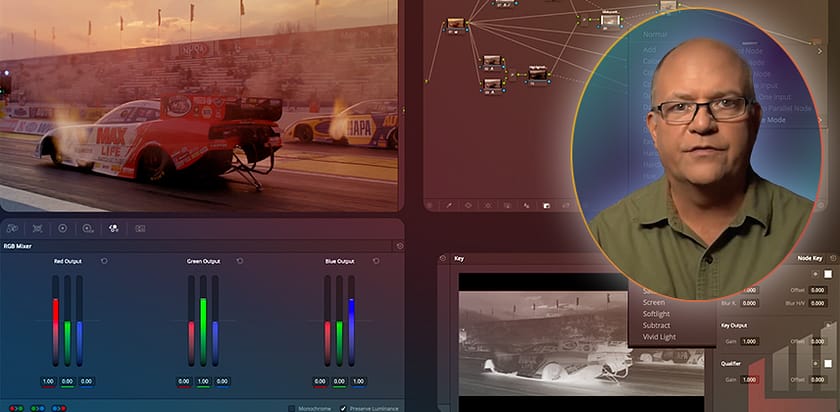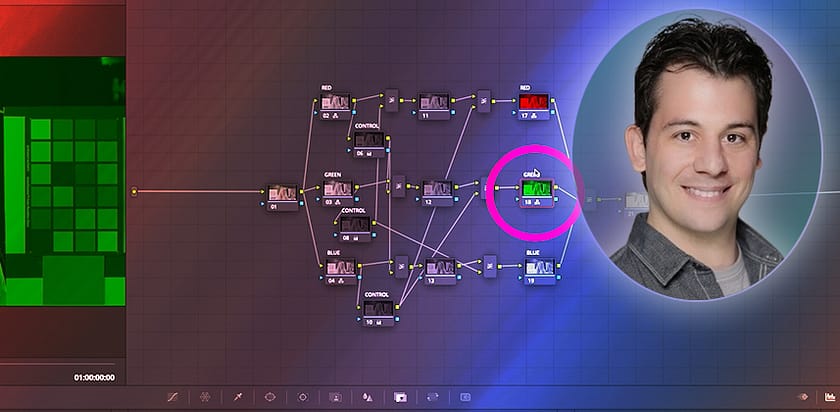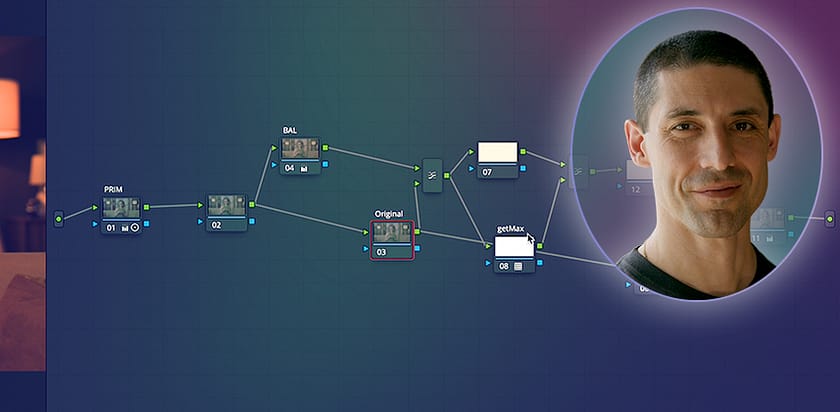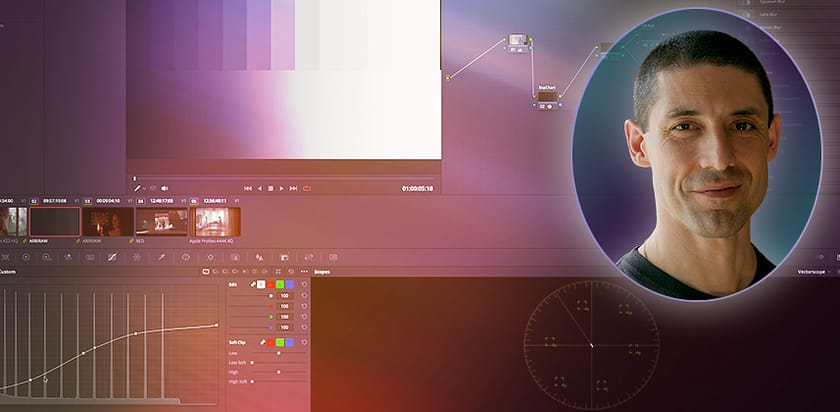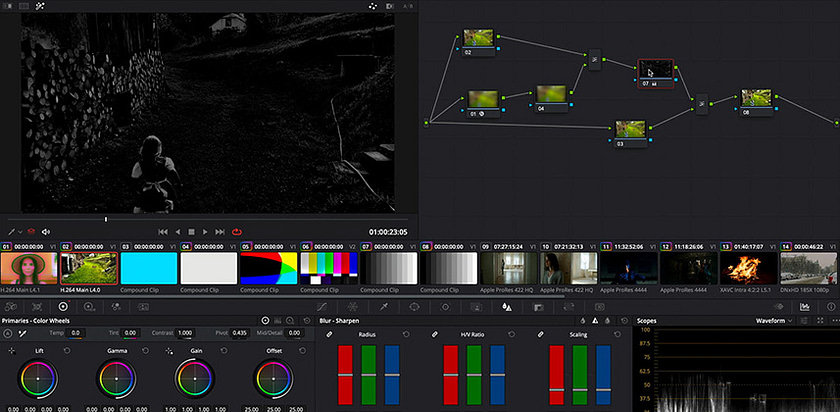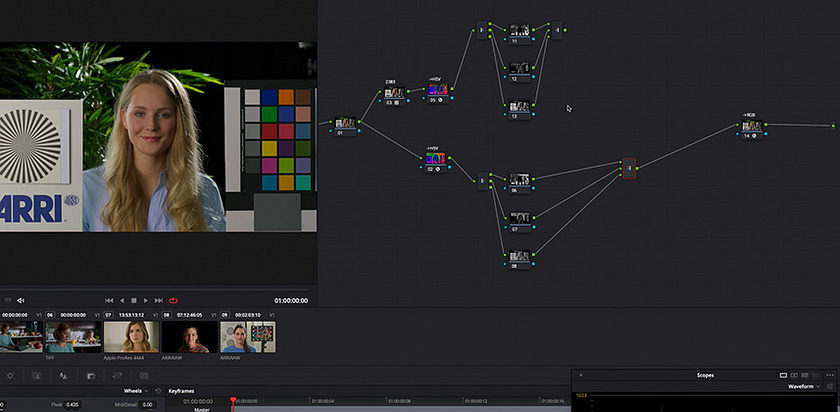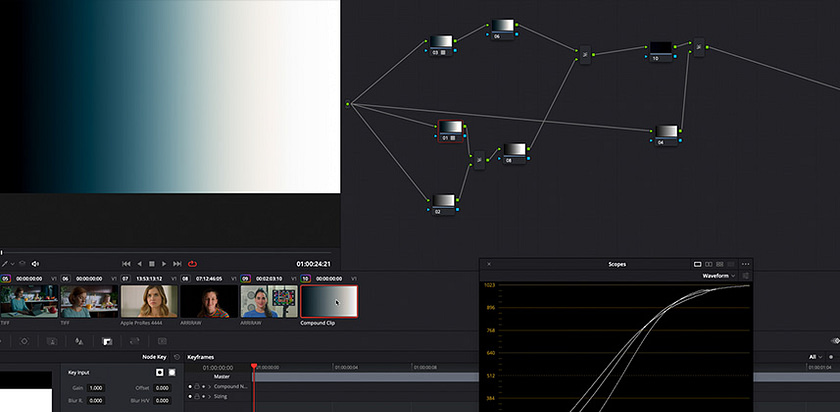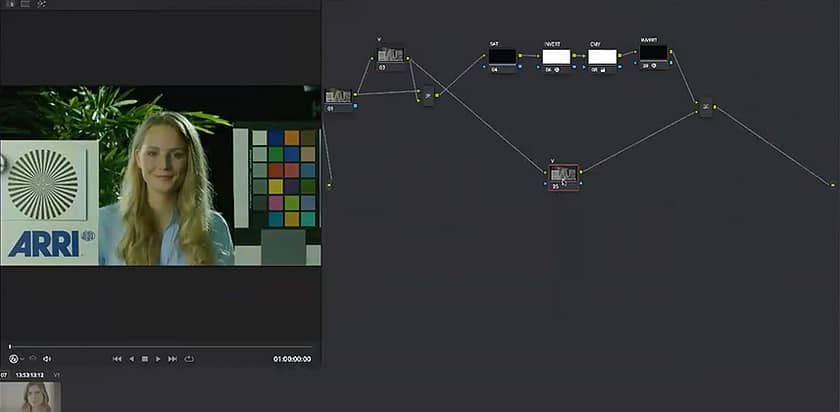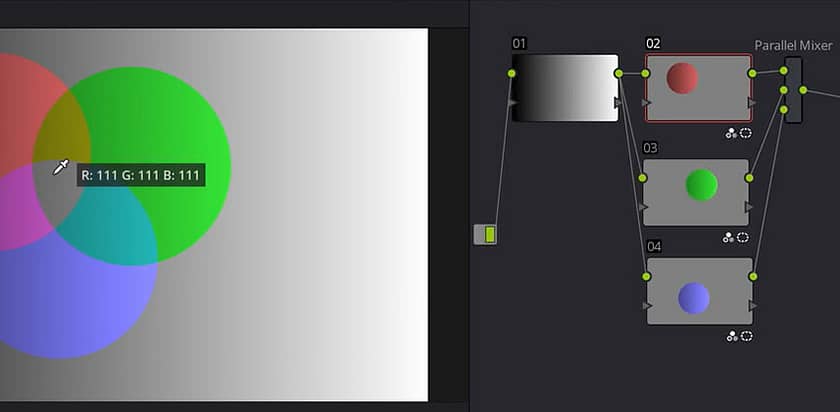Pat’s DaVinci Fixed Node Tree (2024 Edition) - Color Grading 101
Patrick shares how he's designed his fixed node tree, plus outboard hardware and software optimizing color grading speed and efficiency.
How To Adapt A Photoshop 'Channels' Technique to Resolve
Patrick answers a member's question about simplifying their node tree, adapting a Photoshop color grading technique to DaVinci Resolve.
'Barbie Look' In Resolve: Emulating Technicolor's 3-Strip Process
Colorist Jason Bowdach creates a Barbie-inspired 3-Strip Technicolor film look with customization controls using Nodes in DaVinci Resolve.
Upgrade Your Toolkit By Creating A Subtractive Color Balance Tool
Colorist Cullen Kelly teaches you to create a subtractive color balance tool for more pleasing color washes & looks in DaVinci Resolve.
Upgrade Your Toolkit: Create Custom Highlight & Shadow Controls
Learn how to create a custom highlight roller tools tailored to your creative needs inside DaVinci Resolve.
Deconstructing Blur, Mist, and Unsharp Mask Operations
In Part 3 of Hector Berrebi's 'Texture Management' series, learn what blur is doing to your images and build an Unsharp Mask using nodes.
How To ‘Trace’ a LUT’s Contrast Curve By Hand
Learn how to use Layer Mixer nodes to recreate a LUT's contrast curve for further creative manipulation in Part 6 of the Visual Math series.
Extracting Only The Hue Or Saturation of a LUT using DaVinci Resolve
Learn how to extract the hue and/or saturation shifts of a 3D LUT, without getting stuck with the LUT's accompanying contrast adjustment.
How To Extract A LUT's Split-Tone Component Using DaVinci Resolve
Learn how to isolate the color impact of a LUT from its luma component to craft the image to your preferences, all within DaVinci Resolve.
Building A Subtractive Saturation Node Tree In DaVinci Resolve
'Subtractive saturation' is a hot topic with colorists. Learn how to manually build this tool in DaVinci Resolve for more natural results.
How Do You Use Resolve's Parallel Mixer and Layer Mixer Nodes?
In Part 2 of our series on learning how to use Resolve's Serial Nodes, we look at combining them with Layer and Parallel Mixer nodes.
Understanding DaVinci Resolve's Parallel Mixer Node (and when to use it)
Understanding DaVinci Resolve's Parallel Mixer node is essential to eventual mastery of the software. In this Insight, learn how the Parallel node works and the difference between it and the Layer node.



